
The Z-102 employed racing-car technology in its chassis and alloy body. Everything was produced in-house at Barcelona, where the Pegaso cars factory was, with the exception of the external coachworking, either by Touring, Serra or Saoutchik (there were also a number of special Pegaso-made bodies). A four-cam all-alloy V8 engine, dry-sump lubrication, and a 5-speed non-synchromesh gearbox mounted with the differential as a unit were within a pressed steel chassis.
The Z-102 started life as two prototypes in 1951 as a coupe and a drophead. The coupe and convertible had dumpy steel bodies, and weight was an issue to the extent that Pegaso made the decision to revert to alloy for the coachwork. Coachbuilder Touring then ‘beautified’ the design, replacing the grille with a two-piece cross, lowering the car, repositioning the foglights, and simplifying various details to give it a clean profile, similar to the contemporary Aston Martin DB2 and the Lancia Aurelia.
The Z102 entered production with a 2.5 litre engine as used in the prototypes, though later there were variants with 2.8, and 3.2 litre DOHC desmodromic 32-valve V8 360 hp engines with multiple carburetors or optional supercharger. Horsepower ranged from 175 to 360, and, transferred through a five-speed gearbox and gear-driven camshaft, the fastest could reach 160 mph, exceeding Ferrari, thus making it the world’s fastest production car at the time. The base car had a 120 mph top speed.
However, the cars were heavy and brutish to drive and competition success was virtually nonexistent. Because the cars were built on a cost-no-object basis, this caused financial difficulty in the company. A simplified and cheaper version, the Z-103 with 3.9, 4.5 and 4.7 litre engines, was put into production, but to no avail, and the Z-102 was discontinued after 1958. Production figures for the Z-102 ranges from 84 to 125 cars being built.
1951 Pegaso Z-102 For Sale
Details: Seller Fiskens does not disclose the asking price. Car is located in England.
Seller Comments: “Despite the obvious post-war austerity, Ricart set about producing a dry sump, quad cam engine complete with a five speed transaxle coupled with a De Dion rear axle. An astonishing achievement at the time! Originally conceived as Prototype BE 1 and was completed in 1951 and stunned the audience at the Salon de Paris later that year. Between 1953 and 1955, 0202 competed at Montjuich and Barajas circuits near Barcelona before being uprated and renumbered by the factory in 1955 to the current specification. The present owner bought the car in the late Sixties and it is to this day one of the earliest and most original prototypical Pegasos in existence.”
Pegaso Z-102 Photos:
[Source: Wikipedia]







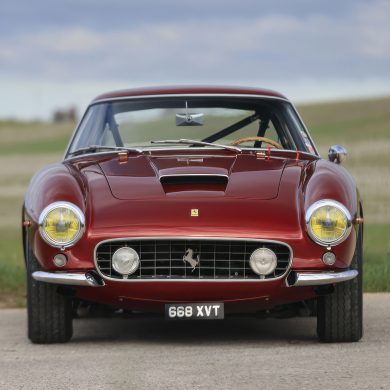

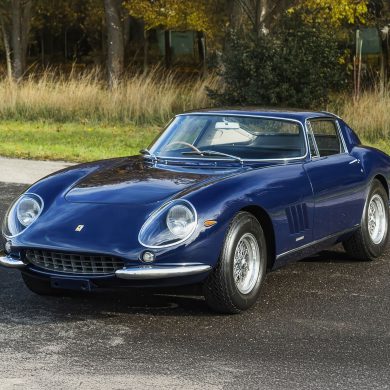
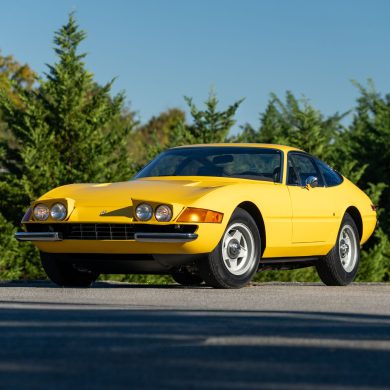
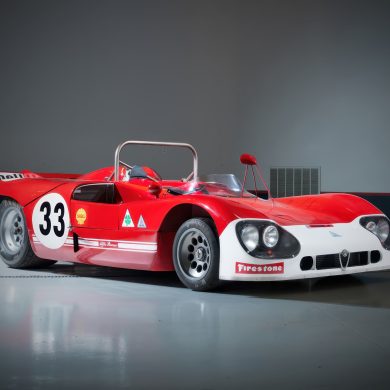
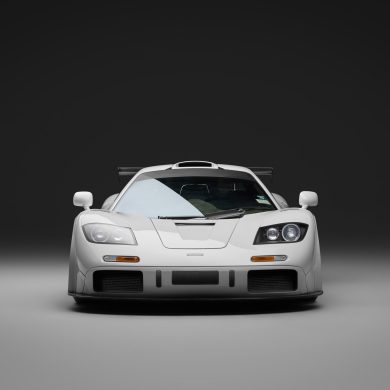


What a stunning auto! I am always astonished at how advanced cars from Europe were during this period mechanically speaking. Many of these specs are still cutting edge in the 21st century. I learn something surprising with each auto I research. Bravo!
The least attractive of the Pegasos, and in a rather “unusual” color. I’ll take the Touring bodied Pegaso Thrill instead 🙂
Hello, I am writing on behalf of my spanish collegue.
He is very interested in discussing the possible purchase of this beautiful vehicule.
please feel free to conctact him at your convenience.
Miguel leaves in Spain and is presently on a UN mission in port-au-prince Haiti.
Thankyou
Your friend Miguel does not need to know anything if in Port-Au-Prince. There, the streets are poorly paved, for sure.